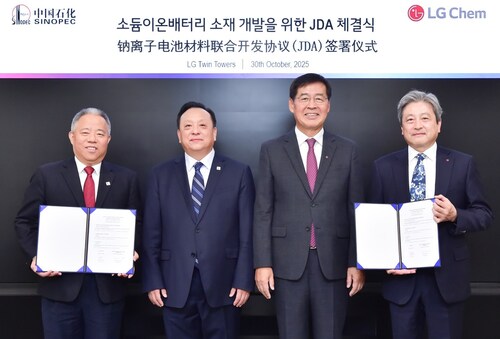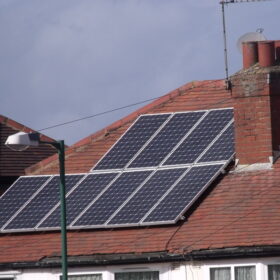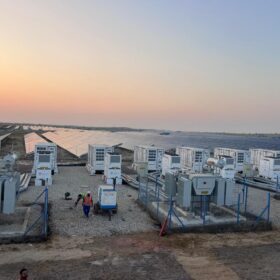China Petroleum & Chemical Corporation (Sinopec) and South Korea’s LG Chem have signed a joint development agreement to advance key materials for sodium-ion batteries, as the technology moves closer to mass commercialization.
Under the agreement, the two companies will collaborate on developing cathode and anode materials for sodium-ion batteries, targeting applications in energy storage systems and low-speed electric vehicles in China and international markets. The partnership aims to “accelerate the commercialization of sodium-ion battery technology, explore new business models, and potentially expand cooperation into broader new energy and high-value materials sectors.”
In recent years, sodium-ion batteries have emerged as a strong contender to lithium-ion technology. Often promoted as a cheaper and more sustainable alternative – thanks to sodium’s abundance and low extraction costs – the technology still faces several challenges before achieving mass-market adoption, including its higher cost than rapidly scaling lithium iron phosphate (LFP) batteries.
China is currently leading the sector, both in technology development, driven by companies such as CATL, BYD, and Huawei, and in deployment, with 100 MW-scale projects and multiple hybrid systems combining sodium-ion and lithium-ion batteries, and even grid-forming inverters.
According to Sinopec, industry research projects China’s sodium-ion battery market to grow from 10 GWh in 2025 to 292 GWh by 2034, representing an average annual growth rate of roughly 45%. By 2030, China is expected to account for over 90% of global sodium-ion battery production.
According to statistics from the China Enery Storage Alliance, China had 48 sodium-ion battery energy storage production and manufacturing projects planned in 2024, with a combined annual capacity of 254.7 GWh and a total investment of CNY 126.77 billion. This marks a 32 % decrease compared with the publicly disclosed planned sodium battery capacity of over 375 GWh in 2023.
However, data from January to September 2025 indicate that investment in the sodium-ion battery sector is beginning to recover. During this period, the CESA database recorded 37 new capacity construction projects in the sodium-ion battery field, with a total planned capacity of 179.5 GWh – already over 70 % of last year’s total. Among them, there are six projects with a planned capacity of over 10 GWh.
This content is protected by copyright and may not be reused. If you want to cooperate with us and would like to reuse some of our content, please contact: editors@pv-magazine.com.









By submitting this form you agree to pv magazine using your data for the purposes of publishing your comment.
Your personal data will only be disclosed or otherwise transmitted to third parties for the purposes of spam filtering or if this is necessary for technical maintenance of the website. Any other transfer to third parties will not take place unless this is justified on the basis of applicable data protection regulations or if pv magazine is legally obliged to do so.
You may revoke this consent at any time with effect for the future, in which case your personal data will be deleted immediately. Otherwise, your data will be deleted if pv magazine has processed your request or the purpose of data storage is fulfilled.
Further information on data privacy can be found in our Data Protection Policy.